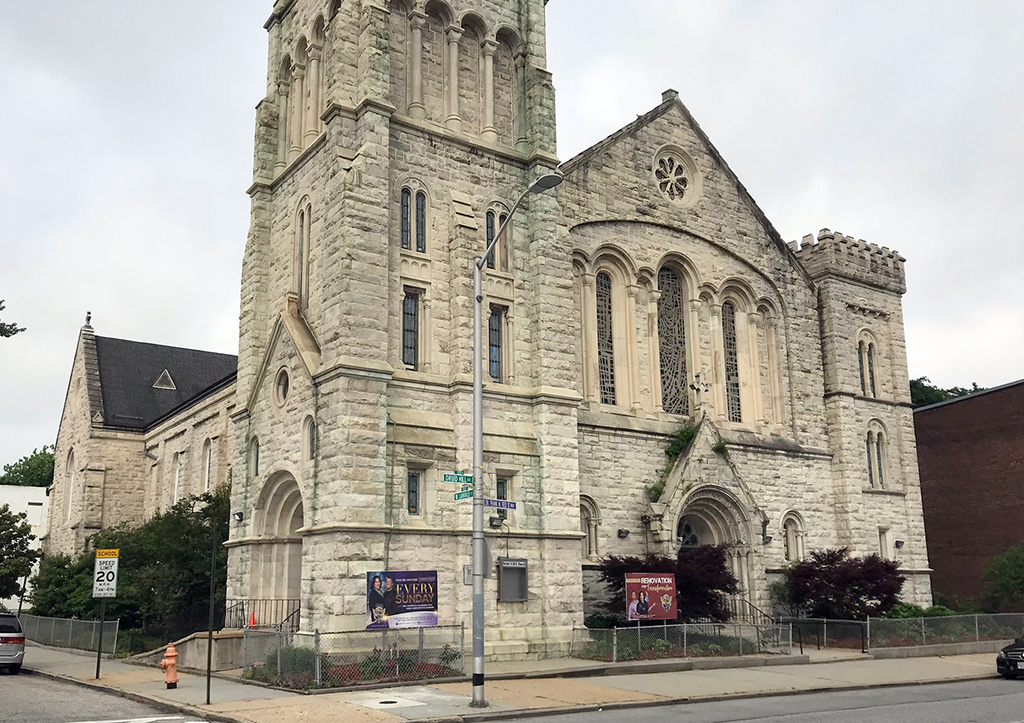Written by Rev. Janette R. Smith / Director of Church Growth
As Bethel AME Church – Baltimore prepares to host the historic 209th Baltimore Annual Conference, there’s another historical celebration already underway. Bethel Baltimore also proudly marks its 240th anniversary, commemorating its long-standing commitment to faith, justice, and community empowerment. But before we get into the festivities, let’s address the friendly debate that has kept historians, scholars, and AME members buzzing for generations—who was first: Mother Bethel in Philly or Bethel Baltimore?
A Tale of Two Bethels: Who’s REALLY First?
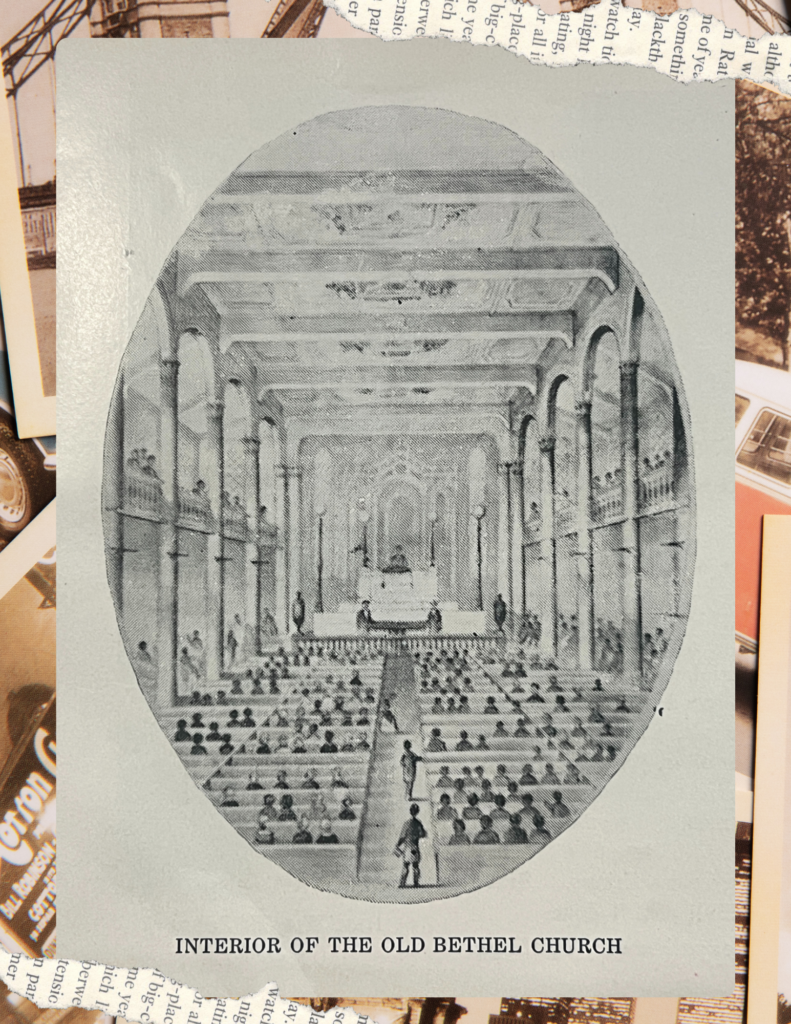
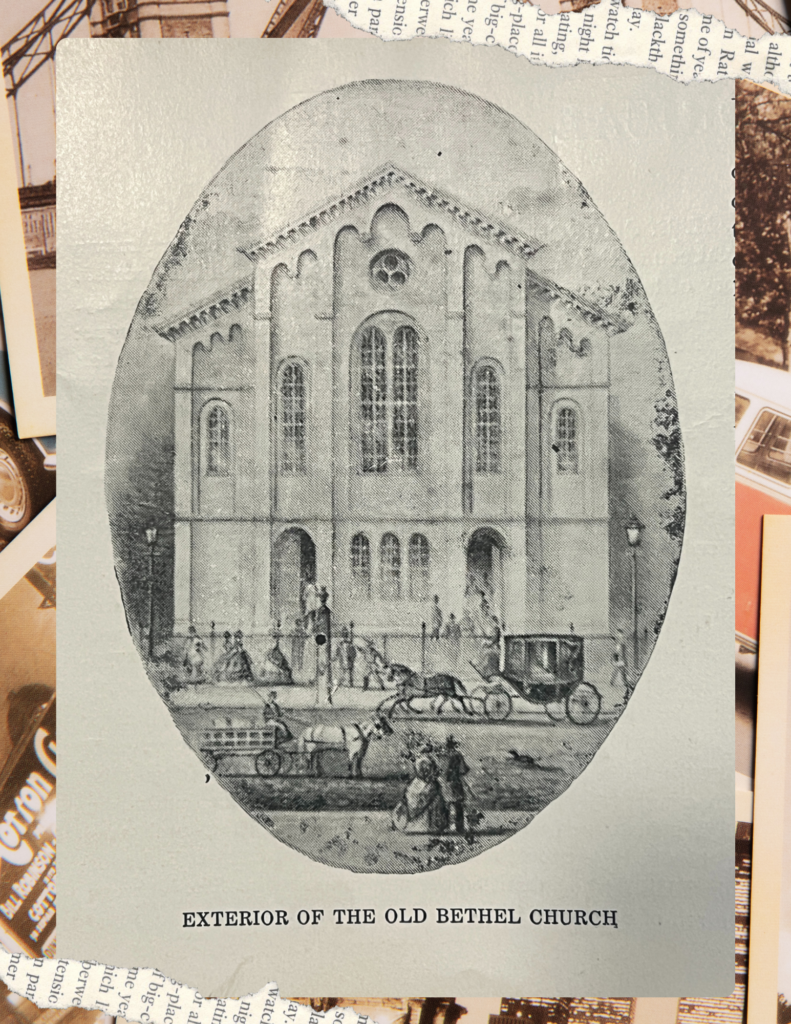
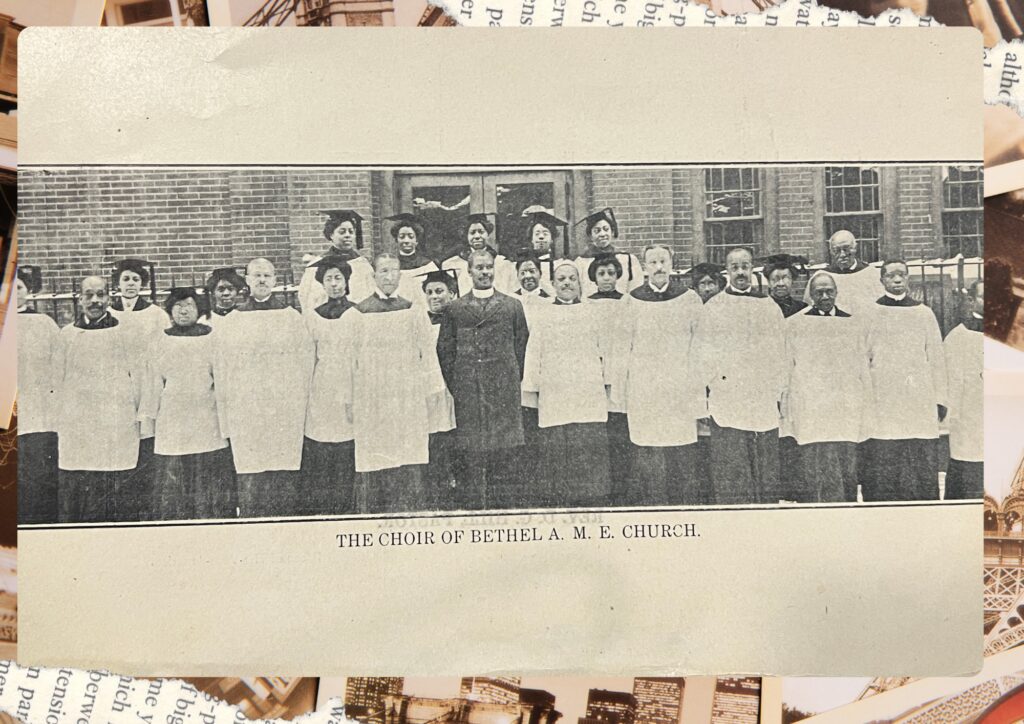
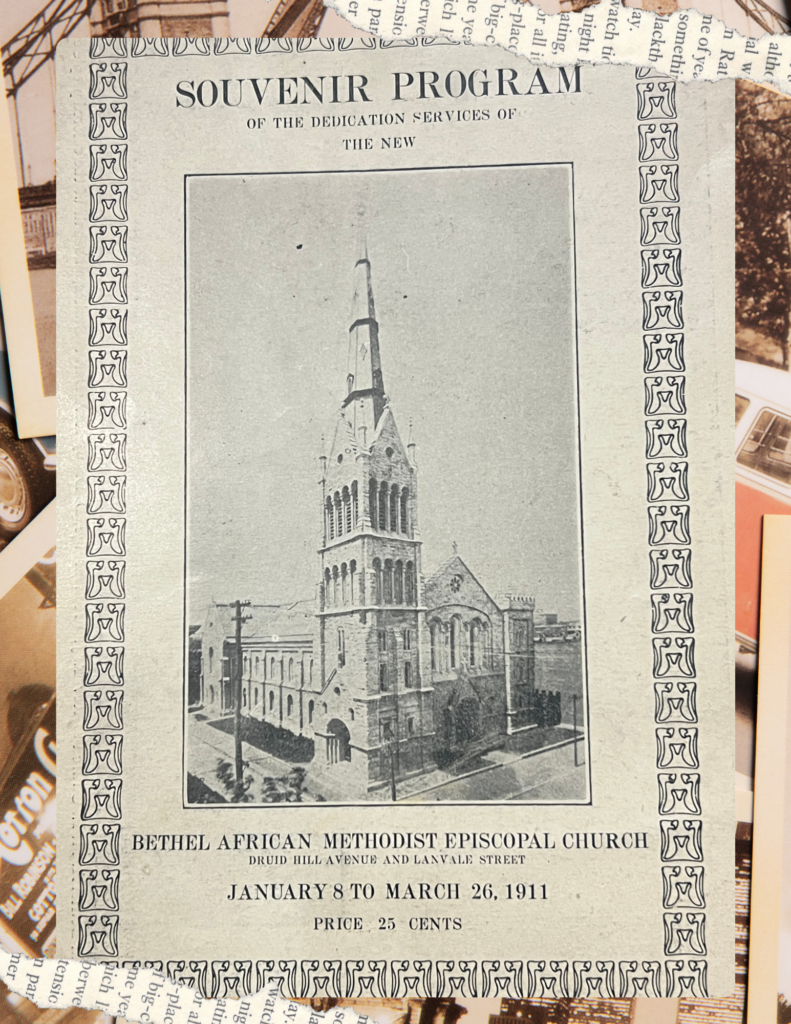
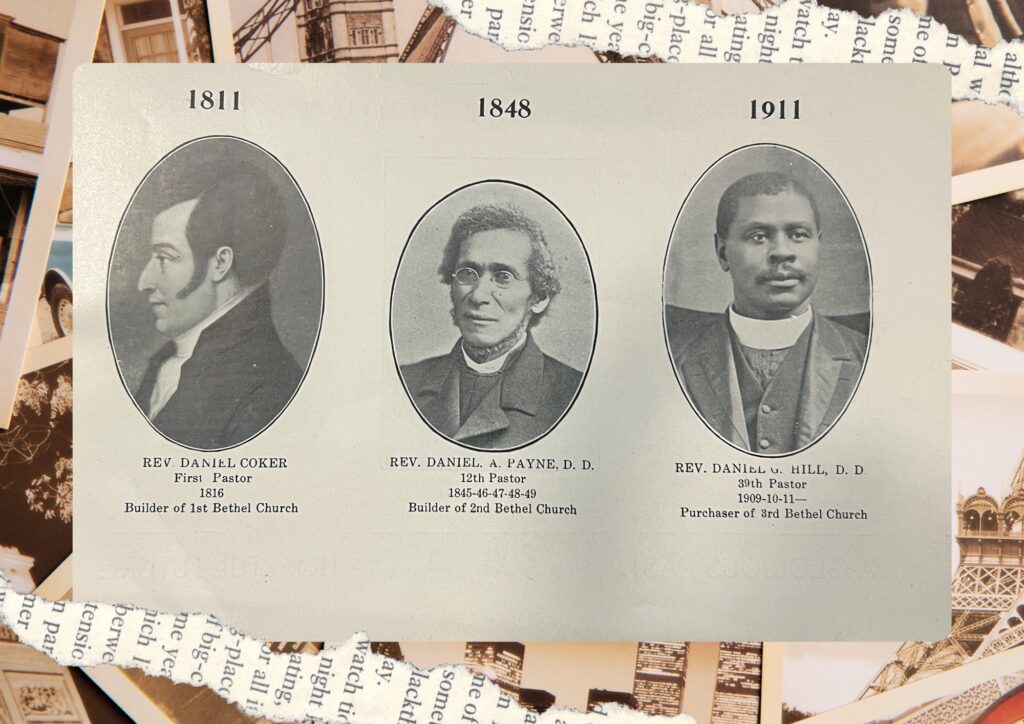
We love our AME family, but let’s talk facts (with a friendly wink and a bit of historical sass). Mother Bethel in Philadelphia holds the official title as the first AME Church, founded in 1794 by Bishop Richard Allen. Bethel Baltimore, however, was preaching the gospel and organizing years before—as early as 1785, when it was known as the African Methodist Society. The tension between the two churches reached a boiling point in the 1800s when both claimed the title of ‘first’ in the AME denomination. In 1816, when Richard Allen formed the AME Church, Bethel Baltimore was already an incorporated Black church with an independent status and initially resisted joining the new denomination, preferring its autonomous status. But ultimately, the call to unity prevailed, and Bethel Baltimore became a pillar of the AME Church.
So, was Bethel Baltimore the first Black church (started by black people) in the region? Yes. Was Mother Bethel the first to be recognized under the AME umbrella? Also, yes. Case closed? Not quite! This historical tête-à-tête adds a delightful layer to our shared heritage, showcasing the dynamic and interconnected roots of the AME Church, proving that the Black church has always been about resilience, leadership, and the pursuit of self-determination.
240 Years of Legacy and Impact
Bethel AME Baltimore has been more than a church—it has been a sanctuary, a meeting place for activists, a hub for education, and (according to many) a stop on the Underground Railroad.
As Senior Pastor Rev. Patrick D. Clayborn, Ph.D., shares, “As the first AME Church in Maryland, Bethel has always been a bastion for freedom, with abolitionist movements and key historical moments taking place within its walls. In the midst of slavery, Frederick Douglass spoke at Bethel AME Baltimore during his time as an abolitionist.” In the waning years of the Civil War, the Union-backed, slave-holding State of Maryland rewrote its constitution in October of 1864, thereby abolishing slavery in the state.
According to Bethel AME Baltimore’s historical records, maintained by the late Bro. Saleem Wooden, on Thursday evening, November 17, 1864, Douglass returned to Maryland for the first time since his escape to freedom 26 years before. His three-hour speech at Bethel AME was titled “A Friendly Word to Maryland.” From abolition to civil rights to modern-day justice movements, Bethel AME Baltimore has always been a beacon of healing, help, and hope.
Several other leaders have also spoken at Bethel AME through the years, from Rev. Jesse Jackson to former President Bill Clinton, Minister Louis Farrakhan to U.S. Rep. Kweisi Mfume, along with so many other figures throughout the church’s rich history. Oprah Winfrey was also an active member of Bethel AME during her time at WBAL in Baltimore, a period she recently reminisced about in a podcast interview with Dr. Thema Bryant, daughter of former Bethel Pastor Bishop John R. Bryant.
Now, as we mark this milestone, we are not merely reflecting on history—we are actively shaping the future.
That’s why this year is more than just a celebration—it’s a call to action. We are honoring our past while stepping boldly into what comes next, and we want YOU to be part of it!
Save the Dates:
- June 8 – Pentecost Sunday with Bishop Frank Madison Reid, III
- October 26 – Church Anniversary Service with Bishop John R. Bryant
- November 14 – 240th Anniversary Gala
And that’s just the beginning! Expect more historical deep dives, powerful worship experiences, and community celebrations. Because WE ARE AME—and Bethel Baltimore’s history is your history, too.
A Visual Journey Through Bethel’s Story – THE PHOTOS ATTACHED
From Fish Street to Druid Hill – Our earliest days on Fish Street (now Saratoga) are captured in rare sketches of the old Bethel Church, both exterior and interior, showing a growing congregation in the early 19th century.
Then and Now: The Evolution of Bethel’s Home – A comparison of our previous towering gothic-style church to today’s landmark building that Bethel moved into on Druid Hill Avenue in 1910— the photos reflect our journey through architecture and faith.
The Grand Opening of 1911 – The cover of the dedication service program for the opening of the ‘new’ Bethel AME Church at its current location, featuring some of the leaders who shaped its legacy.
A Place of Revolution and Revelation – An illustration of a pivotal meeting held at Bethel AME, showing our role as a hub for Black leadership, activism, and progress in Baltimore.
This year, we’re not just reflecting on history—we’re making it. We’ll be sharing different stories of interest throughout the year and photos of rare historical artifacts. If you want to share any posts or greetings with us on social media, use the hashtags #BethelAME240.
SOURCES LISTED BELOW
Historical Sources Used:
Here are the full URLs for the historical sources:
- Richard Allen and the Founding of the AME Church – https://rediscovering-black-history.blogs.archives.gov/2021/06/09/richard-allen
- Bethel AME Baltimore Church Archives – https://bethel1.org/about-us/history
- Presentation of the Snuff Box, 1845 – https://speccol.msa.maryland.gov/pages/speccol/microfilm.aspx?speccol=2562
- The Underground Railroad in Baltimore – https://www.mdhistory.org/the-rise-of-the-african-methodist-episcopal-church-in-baltimore-and-the-bethel-a-m-e-church
- AME Church Historical Journals – https://hdl.library.upenn.edu/1017/d/pacscl/SMREP_RAMA01



